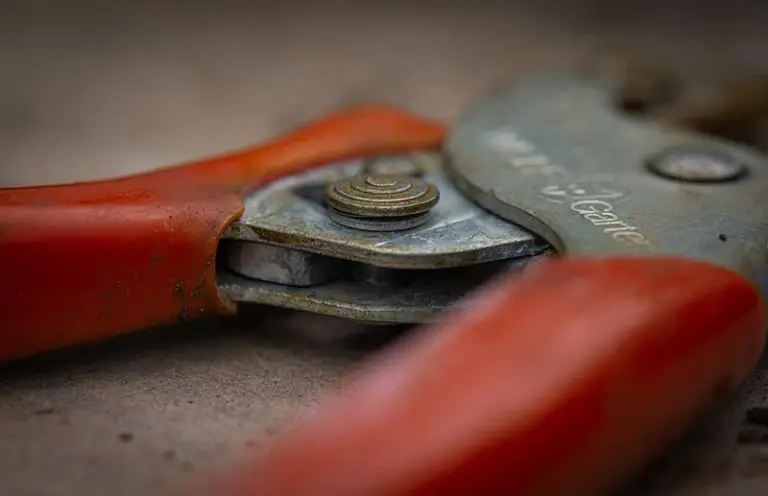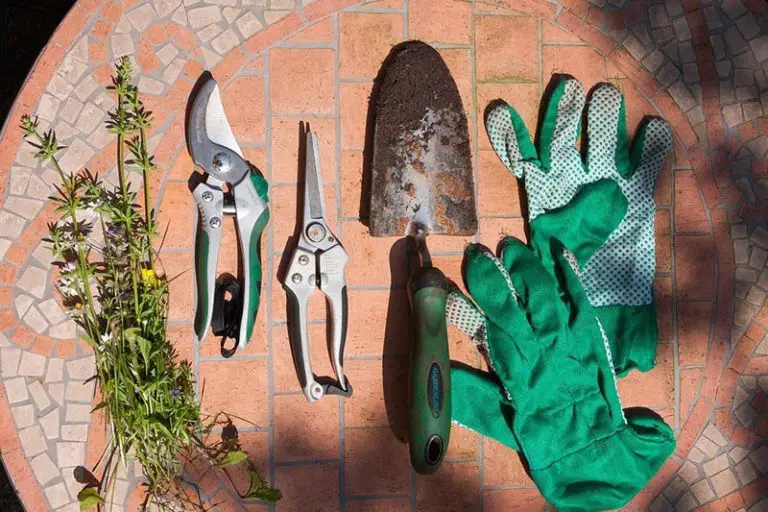Bonsai Design Pruning Guide
Bonsai pruning, without a doubt, is an essential aspect of creating and maintaining the shape of your plant. The two main types of pruning are maintenance and structural. In this article, we’ll present our bonsai design pruning guide for structure and style.
Structural pruning is usually done when the plant is new and needs to be trained to create a specific bonsai style. It could be stressful for it as it involves rigorous changes and cutting back branches. That’s why you should only prune at certain times of the year when the tree is dormant.
It’s usually in Autumn or Spring, but it also depends on the particular kind of tree. For instance, a Ficus Bonsai has a different timing as compared to Juniper.

Steps Towards Effective Bonsai Design Pruning
Carefully examine your tree at eye level and remove all the dead branches from it. Once you’ve removed them and have your desired shape in your mind, decide which branches to remove to create that shape.
Trim back the twigs and foliage on the top of the tree. Use the branch cutters to give a nice balanced shape. It will help to assist with proper care for your bonsai in the long run.
If you see any suckers on the tree, remove them by plucking them with your fingers. Suckers are small offshoots at the base of the trunk. Prune any offshoots or twigs that distort the overall shape of your bonsai.
The roots under the soil and the main root, called the taproot, need to be pruned. Remove the plant from the pot and repot it after pruning. The roots should also be checked for any condition.
You can remove the buds from the conifer trees by pinching out the needles with your fingers. You can leave a couple of needles on the branch and remove the rest.
If you’re working on a deciduous tree, you should defoliate it, i.e., remove all the dead foliage and every leaf at the base.
Water the bonsai immediately and fully saturate its soil after pruning. Every day, water the tree lightly. You don’t want to overwater it as it can cause root rot.
Finally, make sure not to stress the bonsai anymore for some time. After structural pruning, it’s a good idea to avoid pruning and repotting for a year.
You can also wire the branches to maintain a particular shape, such as a cascading Juniper bonsai.

Tips
You should invest in good tools. Any long shoots can be pruned using a Twig shear. For larger branches, use a concave cutter. Use long-handled scissors for leaves.
It would help if you sharpened the tools for clean cuts. It’s better to seal any cuts with a paste or sealant and not leave them open. It will enable quicker healing.
While determining what branches to cut, go for the ones that are twisted, too thick, or growing in a vertical direction.
Fertilize the tree every two weeks during its growing season. 7-7-7 fertilizers are ideal for this purpose. You can use a liquid fertilizer for small bonsais and for large bonsais, a granular one. Follow the instructions on the packaging so that you use it as prescribed.
The right kind of pot is crucial to the growth of the tree. The planter shouldn’t be too small and should accommodate root growth. A larger pot than necessary is also not good as it tampers with the nutrients and water intake of the tree.
Sometimes you need to prune the individual leaves that are too big and stand out. Simply cut it off on an angle that goes well with the bonsai’s shape.
To determine the ideal shape of the plant, it’s helpful to know the primary bonsai forms: moyohgi, shakan, chokkan and bunjingi.

Final Thoughts
Once you know how to shape a bonsai and maintain it, keeping it in a presentable state isn’t much of an ordeal.

